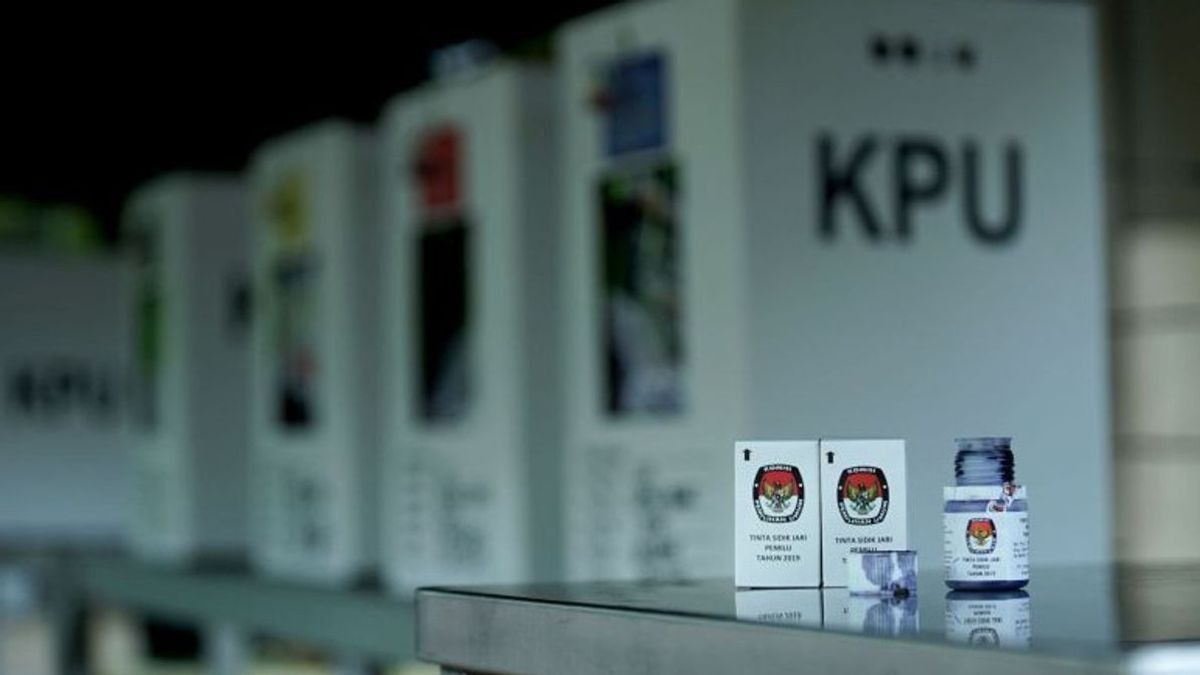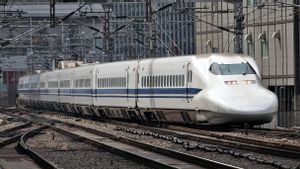The discourse of an open proportional electoral system will be changed to a closed proportional system. This discourse led to violations in Indonesian politics approaching the 2024 General Election.
The polemic stems from a judicial review lawsuit against Article 168 Paragraph 2 of Law (UU) Number 7 of 2017 concerning elections filed by a number of citizens to the Constitutional Court (MK).
The petitioners asked the Constitutional Court to declare the article unconstitutional. That way the electoral system in Indonesia can be changed from open proportional to closed proportional.
The voice of the legislative body itself is divided into the discourse on the election of the electoral system. PDIP is the only party who wants to strongly choose the implementation of a proportional closed system. However, the dominant faction of parliament wants the generalized election system to continue to be open.
Then what are the differences in the open electoral system proportional to closed proportional, and what does the working system do?
The Indonesian government has implemented an open proportional electoral system since the 1999 and 2004 elections. An open proportional system is a system that gives voters the right to directly elect legislative candidates promoted by political parties participating in the election.
An open proportional general election system is used to elect members of the Indonesian House of Representatives (DPR) and the Provincial and Regency/City Regional House of Representatives (DPRD). Provisions and rules regarding election legislation are regulated in Law Number 7 of 2017 concerning Elections, especially Article 168 Paragraph (2).
The implementation of a proportional generalized electoral system allows the public to directly view the names or photos of candidates and political party logos during the voting process or nominations. Voting papers that have been submitted by voters are then put in ballot boxes for calculation. The candidates who get the most votes will be appointed as members of the elected DPR and DPRD legislatures.
The closed proportional general election system is the election of elected legislative candidates not on the basis of the votes they get. However, the results are determined based on the vote acquisition from political parties. So voters do not directly choose candidates, but their political parties.
In contrast to the open proportionality, the closed proportional system ballot only displays a political party logo without details of the name of the legislative candidate. The assessment of the legislative candidate was carried out by the elected party and the names were compiled based on serial numbers.
The legislative candidates selected are based on the serial number. For example, political parties get two seats, so the candidates appointed are serial numbers 1 and 2. This election system was applied in the 1955 Election, New Order Election, and 1999 Election.
The discourse of this electoral system has become a polemic in the politics of the country. PDIP, which is the largest faction, encourages the implementation of elections to be carried out with a closed proportional system. Hasto Kristiyanto, Secretary General of PDIP, said an open proportional system had an impact on political liberalization.
"How the liberalization of politics encourages parties to become electoral parties and then creates the impact of political capitalization, the emergence of oligarchic politics, then free competition at all costs," said Hasto at an online press conference, Friday (30/12/2022).
PDIP assesses that a closed proportional system can create a better regeneration process in internal political parties. According to him, this step can also minimize election fraud and reduce election costs.
The discourse of a closed proportional electoral system has received protests from various factions and parties. Willy Aditya, chairman of the Nasdem DPP, said that the open proportional electoral system is actually a form of progress in democratic practices.
"Open proportional allows various social backgrounds for someone to be involved in electoral politics. With this kind of system, citizens can participate in coloring the political process within the party body," said Willy.
Meanwhile Dr. Oce Madril, Executive Director of the Center for Law and Government Studies (Pusahn), said that open and closed proportional proportional have its advantages and disadvantages.
Dr Oce believes that open proportionality has more negative impacts, such as triggering money politics during elections. However, he said that closed proportionality still leaves democratic problems at the party level, particularly those related to political recruitment.
This is an explanation of the open electoral system proportional and proportionally closed and how it works. Until now, the electoral system in Indonesia has implemented an open proportional. The constitution actually does not regulate what electoral system should be implemented. However, the implementation of each system requires careful consideration and steps.
Stay up to date with the latest domestic and foreign news on VOI. You present the latest and most recent nationally and internationally.
The English, Chinese, Japanese, Arabic, and French versions are automatically generated by the AI. So there may still be inaccuracies in translating, please always see Indonesian as our main language. (system supported by DigitalSiber.id)









